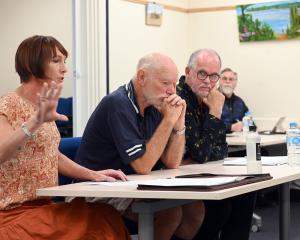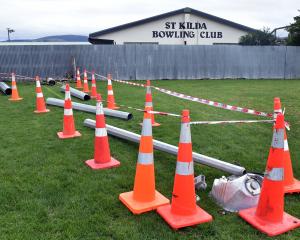Prescribing of the opioid oxycodone has reduced by ''at least'' 50% in the past year at the two main southern hospitals, southern district medicines management committee chairman Dr Paul Tomlinson says.
A surge in oxycodone use in the past decade or so in New Zealand has been a cause for concern in the health sector.
The Southern District Health Board had a higher rate of oxycodone use in 2013 than most other boards, according to figures from the Health Quality and Safety Commission.
Opioid drugs are often prescribed for post-surgical patients.
''There has been some inappropriate use of oxycodone in the past because of the mistaken belief that it was not a potent opioid and it was not addictive,'' Dr Tomlinson, who is also a Southland Hospital paediatrician, said.
Morphine use had subsequently increased as a result, he said.
Work on both main hospital sites in the past year led to the significant reduction.
Dr Tomlinson said that Dunedin Hospital pain medicine specialist Dr David Jones was a national authority on managing chronic pain.
Dr Tomlinson had been asked to comment on figures released this month showing a three-fold difference in strong opioid use in district health boards.
The Health Quality and Safety Commission 2013 figures did not show the subsequent work to cut back on the use of oxycodone.
Its rate, of 19.5 people out of 1000 prescribed a strong opioid, placed the Southern District Health Board higher than the national average of 17 out of 1000.
Southern had been closer to the national average in respect of long-term use of strong opioids, suggesting a higher rate of short-term use.
Opioid use
• Threefold difference in strong opioid use among health boards.
• Average 17/1000 people received strong opioid in 2013.
• Strong opioids include methadone, morphine, oxycodone and fentanyl.
• Twofold difference between boards in weak opioids.
• Women dispensed significantly more of both opioid types than men.
Source: Health Quality and Safety Commission












